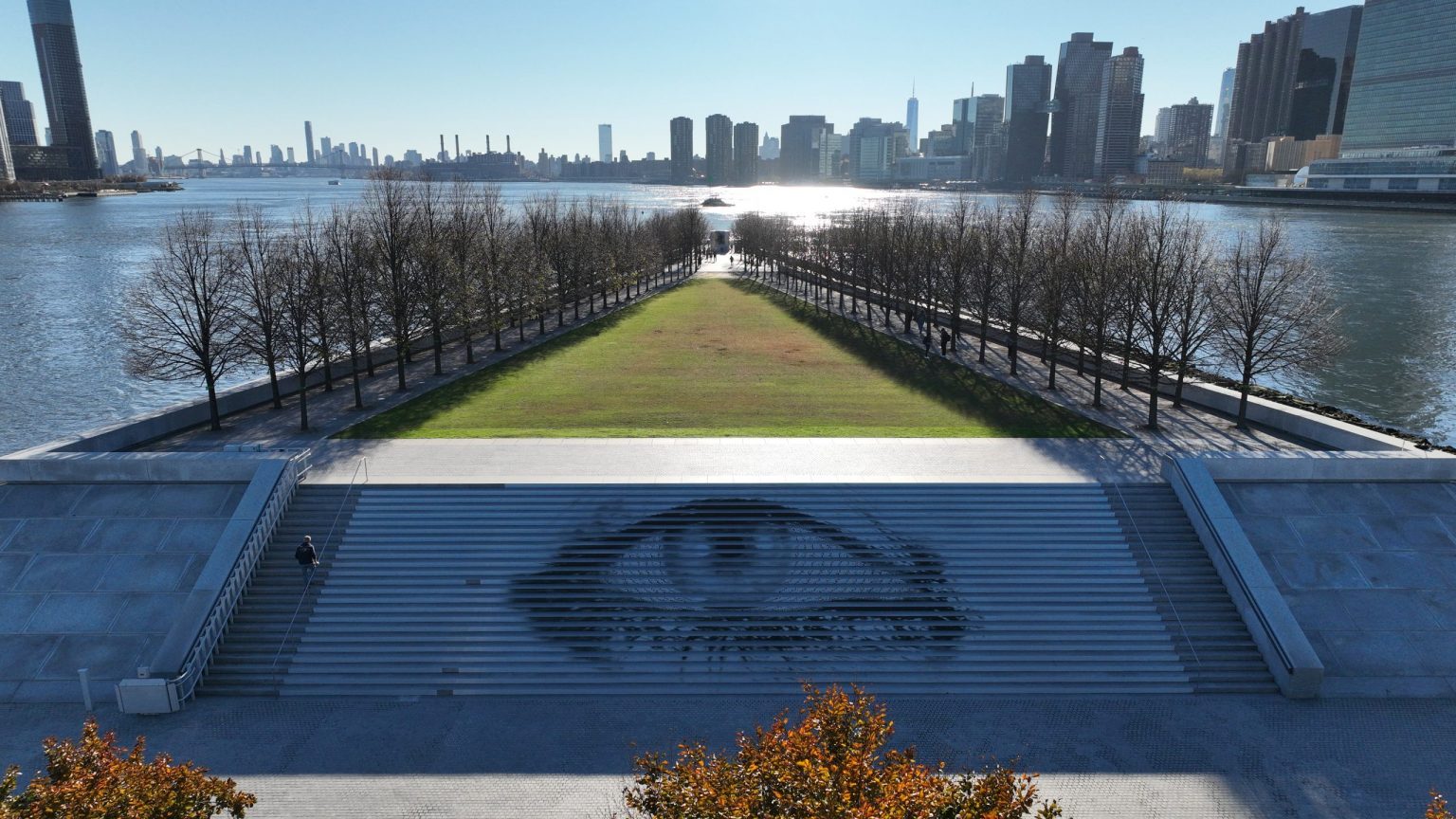Enjoy this article?
Most Museums Journal content is only available to members. Join the MA to get full access to the latest thinking and trends from across the sector, case studies and best practice advice.

There are growing calls for cultural boycotts amid the ongoing war in Ukraine and the increasingly violent government crackdown on protests in Iran.
Writing in the Guardian this week, the Ukrainian culture minister urged western allies to boycott Russian culture, saying the Kremlin has made clear that culture is “a tool and even a weapon in the hands of the government”.
Oleksander Tkachenko said Russia was systematically erasing Ukraine’s history and culture, with the Ukrainian ministry of culture recording more than 800 cases of cultural destruction, including monuments, artworks, museums and libraries, since the war began in February.
He wrote: “Boycotting Russian culture is an important step. We’re not talking about cancelling Tchaikovsky, but rather about pausing performances of his works until Russia ceases its bloody invasion. Ukrainian cultural venues have already done this with him and other Russian composers. We’re calling on our allies to do the same.”
Ukraine has accused Russia of looting thousands of cultural objects from its museums, including more than 15,000 works taken from Kherson Art Museum and other cultural venues in the port city before Russian troops retreated in November.
The International Council of Museums (Icom) recently published an Emergency Red List of Cultural Objects at Risk. Compiled by experts from 11 museums across Ukraine in collaboration with Icom’s Heritage Protection Department, the list outlines 53 cultural objects deemed to be particularly at risk of being stolen, looted or illegally traded. The items span seven categories, including archaeology, books and manuscripts, numismatics, and folk, religious, applied and fine art.
Meanwhile, Iranian artists and cultural practitioners have urged the international community to “boycott governmental institutions of the Islamic state of Iran and their covert affiliates, and prevent them from having any presence in international arenas of arts, culture and education”.
The group is calling on cultural institutions and practitioners across the globe to cut ties with cultural bodies, including some private galleries that the Iranian regime allegedly uses to launder money.
In response to the call, a group of 500 cultural and political figures worldwide, including Greek politician Yanis Varoufakis, Serbian artist Marina Abramović and Whitney Museum of American Art director Adam Weinberg, this week pledged to participate in the boycott.
Hundreds of protestors have reportedly been killed and thousands detained in the government's brutal crackdown on the Women, Life, Freedom movement, which began in response to the death of 22-year-old Mahsa Amini, who had been arrested by morality police for wearing her hijab incorrectly.
Art activism has played a significant role in the movement, with protestors in Iran dyeing fountains red and hanging red nooses from trees.
In October, the Anonymous Art Collective for Iran unfurled red banners bearing the words “Women, Life, Freedom” in Kurdish and English from the top balcony of New York’s Guggenheim Museum.
A new multimedia art installation centred on the protests, Eyes on Iran, opened this week at FDR Four Freedoms Park on New York’s Roosevelt Island. The installation features work by several Iran and US artists and is part of a campaign to expel the Islamic Republic of Iran from the UN’s Commission on the Status of Women.
"The world’s eyes have been focused on the courage of Iranian citizens in their quest for freedom, in the face of increasingly grave danger," said Iranian human rights activist Nazanin Afshin-Jam Mackay in a statement ahead of the opening. "The Islamic Republic has censored them and attempted to blind the world to the potential of this movement. Eyes on Iran is our response to their call for a free Iran."
Most Museums Journal content is only available to members. Join the MA to get full access to the latest thinking and trends from across the sector, case studies and best practice advice.